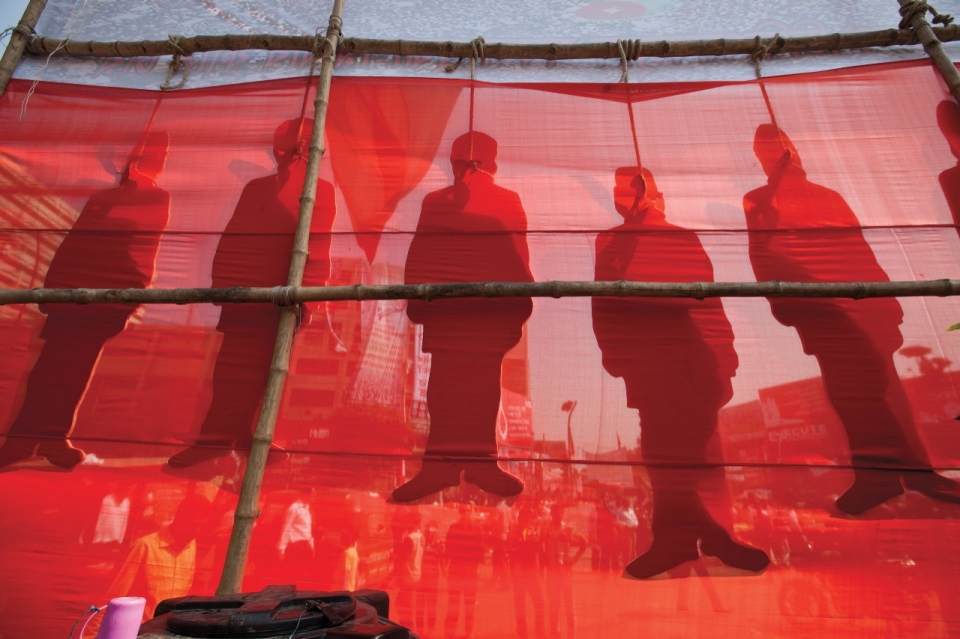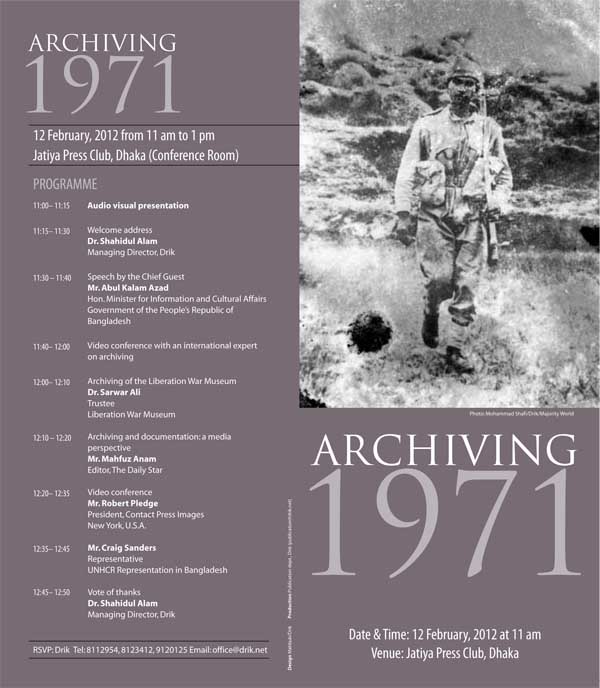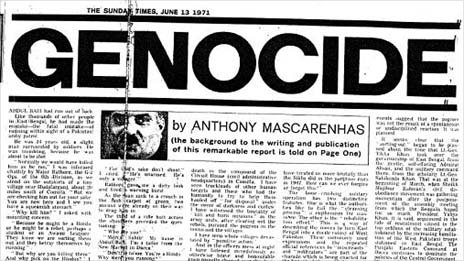
Editorial, The Electronic Intifada, 31 May 2010
Early this morning under the cover of darkness Israeli?soldiers stormed the lead ship of the six-vessel Freedom?Flotilla aid convoy in international waters and killed and?injured dozens of civilians aboard. All the ships were?violently seized by Israeli forces, but hours after the?attack fate of the passengers aboard the other ships?remained unknown.
The Mavi Marmara was carrying around 600 activists when?Israeli warships flanked it from all sides as soldiers?descended from helicopters onto the ship’s deck. Reports?from people on board the ship backed up by live video?feeds broadcast on Turkish TV show that Israeli forces?used live ammunition against the civilian passengers, some?of whom resisted the attack with sticks and other items.
The Freedom Flotilla was organized by a coalition of?groups that sought to break the Israeli-led siege on the?Gaza Strip that began in 2007. Together, the flotilla?carried 700 civilian activists from around 50 countries?and over 10,000 tons of aid including food, medicines,?medical equipment, reconstruction materials and equipment,?as well as various other necessities arbitrarily banned by Israel.
As of 6:00pm Jerusalem time most media were still?reporting that up to 20 people had been killed, and many?more injured. However, Israel was still withholding the?exact numbers and names of the dead and injured.?Passengers aboard the ships who had been posting Twitter?updates on the Flotilla’s progress had not been heard from?since before the attack and efforts to contact passengers?by satellite phone were unsuccessful. The Arabic- and
English-language networks of Al-Jazeera lost contact with?their half dozen staff traveling with the flotilla.
News of the massacre on board the Freedom Flotilla began?to emerge around dawn in the eastern Mediterranean first?on the live feed from the ship, social media, Turkish?television, and Al-Jazeera. Israeli media were placed?under strict military censorship, and reported primarily?from foreign sources. However, by the morning the?Jerusalem Post reported that the Israeli soldiers who?boarded the flotilla in international waters were fired?upon by passengers. Quoting anonymous military sources,?the Jerusalem Post claimed that the flotilla passengers?had set-up a “well planned lynch.”
(“IDF: Soldiers were?met by well-planned lynch in boat raid”)?The Israeli daily Haaretz also reported that the Israeli?soldiers were “attacked” when trying to board the?flotilla. (“At least 10 activists killed in Israel Navy?clashes onboard Gaza aid flotilla”)?This narrative of passengers “attacking” the Israeli?soldiers was quickly adopted by the Associated Press and?carried across mainstream media sources in the United?States, including the Washington Post. (“Israeli army:?More than 10 killed on Gaza flotilla”)?Israel’s Deputy Foreign Minister Danny Ayalon stated in a?Monday morning press conference that the Israeli military?was acting in “self-defense.” He claimed that “At least?two guns were found” and that the “incident” was still?ongoing. Ayalon also claimed that the Flotilla organizers?were “well-known” and were supported by and had?connections to “international terrorist organizations.”
It is unclear how anyone could credibly adopt an Israeli?narrative of “self-defense” when Israel had carried out an?unprovoked armed assault on civilian ships in?international waters. Surely any right of self-defense?would belong to the passengers on the ship. Nevertheless,?the Freedom Flotilla organizers had clearly and loudly?proclaimed their ships to be unarmed civilian vessels on a?humanitarian mission.
The Israeli media strategy appeared to be to maintain?censorship of the facts such as the number of dead and?injured, the names of the victims and on which ships the?injuries occurred, while aggressively putting out its?version of events which is based on a dual strategy of?implausibly claiming “self-defense” while demonizing the?Freedom Flotilla passengers and intimating that they?deserved what they got.
As news spread around the world, foreign governments began?to react. Greece and Turkey, which had many citizens?aboard the Flotilla, immediately recalled their?ambassadors from Tel Aviv. Spain strongly condemned the?attack. France’s foreign minister Bernard Kouchner?expressed “profound shock.” The European Union’s foreign?minister Catherine Ashton called for an “enquiry.”
What should be clear is this: no one can claim to be?surprised by what the Palestinian Centre for Human Rights?correctly termed a “hideous crime.” Israel had been openly?threatening a violent attack on the Flotilla for days, but?complacency, complicity and inaction, specifically from?Western and Arab governments once more sent the message?that Israel could act with total impunity.
There is no doubt that Israel’s massacre of 1,400 people,?mostly civilians, in Gaza in December 2008/January 2009?was a wake up call for international civil society to?begin to adopt boycott, divestment and sanctions (BDS)?against Israel similar to those applied to apartheid-era?South Africa.?Yet governments largely have remained complacent and?complicit in Israel’s ongoing violence and oppression?against Palestinians and increasingly international?humanitarian workers and solidarity activists, not only in?Gaza, but throughout historic Palestine. We can only?imagine that had former Israeli foreign minister Tzipi?Livni indeed been arrested for war crimes in Gaza when a?judge in London issued a warrant for her arrest, had the?international community begun to implement the?recommendations of the UN-commissioned Goldstone Report,?had there been a much firmer response to Israel’s?assassination of a Hamas official in Dubai, it would not?have dared to act with such brazenness.
As protest and solidarity actions begin in Palestine and?across the world, this is the message they must carry:?enough impunity, enough complicity, enough Israeli?massacres and apartheid. Justice now.






